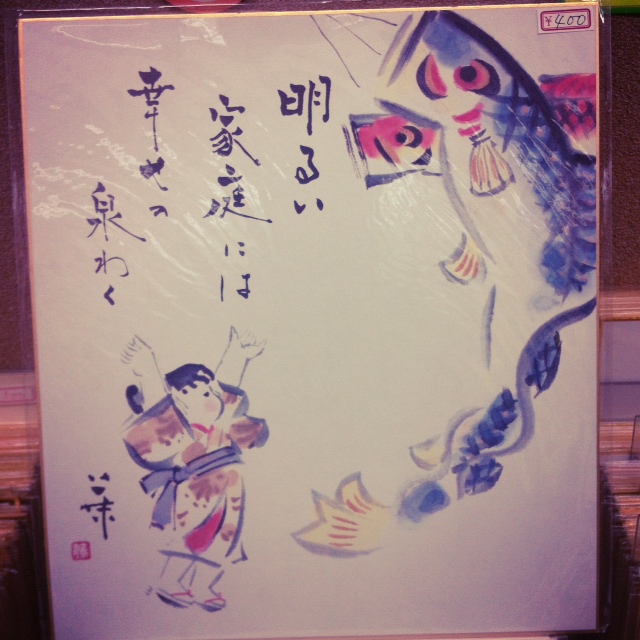I have been in Japan almost three years now (whoa) and can function pretty effortlessly throughout the day. My Japanese is minimal but definitely functional. I can make friends, I can ask where the bathroom is, I can give my self-introduction at the drop of a hat and most importantly I can order a beer.
But God help me if I try to order from Starbucks or McDonald's.
You see, before I go any further, you need to know that the Japanese language has a few different alphabets, three to be exact.
Hiragana is what you might think of as the traditional Japanese alphabet. You sound out the characters, it makes a word, and you translate the word in your little head. ね - こ, ne-ko, neko means cat. Boom. You just read a Japanese word.
One alphabet down.
Then there is Katakana.
My arch nemesis.
Katakana is another alphabet with characters different from hiragana, though corresponding sounds. This alphabet is reserved for foreign words (ie: my name is always written in katakana) and makes teaching English in Japan 1000 times more difficult than it should be. Basically, there are a ton of English words floating around in Japan, but what the people have done is taken them and made them fit the sounds that are available in their alphabet.
Which means...
set becomes setto
and becomes ando
coffee becomes co-hi
orange becomes orengji
soccer becomes sakka
table becomes teiburu
present becomes puresento
hamburger becomes hambaagaa
starbucks becomes sta-bakkusu
mcdonalds becomes makudonarudo
The kicker is, that if you say these common katakanized English words in English, no one knows what you're talking about. So, if you're at McDonald's and you want to order a McFlurry, you can't just say...McFlurry. I know. I tried. What I needed to say was, makkufuru-ri, but when I couldn't figure that out, I simply leaned across the counter, pointed to the machine and said, in Japanese, "That one, please. With oreos."
Last Monday, we had our weekly ALT meeting at city hall and I was given the date I need to be out of my apartment. I knew it was coming, but I still left the meeting kind of bummed.
I decided a cinnamon roll would remedy my problems. Obviously.
I walked into the only Starbucks in my city and was greeted with a very genuine smile and konichiwa from my favorite Starbucks lady. I ordered my vanilla latte flawlessly after years of practice, substituting the v in vanilla with a b to make everything go smoothly. But my need for a cinnamon roll caused a touch of a hang-up. I didn't have the energy to try to katakana-ize the word cinnamon roll, the sign was written in English so I simply just read it.
The lady looked at me and smirked. I laughed and asked in Japanese if she understood since it was clear I wasn't really doing my part to transform the word in to Japanese. She starting laughing and shook her head. I apologized saying, "I don't know katakana," and we walked over to the pastry case so I could switch into the universal language of gestures. She couldn't see what I was pointing at so she came around to stand next to me. Though I was all smiles, she could tell I wasn't my usual upbeat self and in the midst of the cinnamon/shinamon roll debacle, she gave me a hug while the lone cinnamon roll and entire Starbucks staff looked on.
Then we practiced.
I said shinamon and all three of them said cinnamon in unison twice.
A few hours later when I was on my way out, another employee held the door open for me, I smiled and said, "Thank you!"
She bowed, whispered, "cinnamon," and giggled.
One banilla co-he and shinamon ro-ru seto please,
Keito
[The Latest]
Google Search: Amazon Japan.
Accomplishment: A well done lesson in front of visiting parents.
Obsessions: Chocolate pie cookies.
.JPG)










.JPG)



















.PNG)
.JPG)
.JPG)












